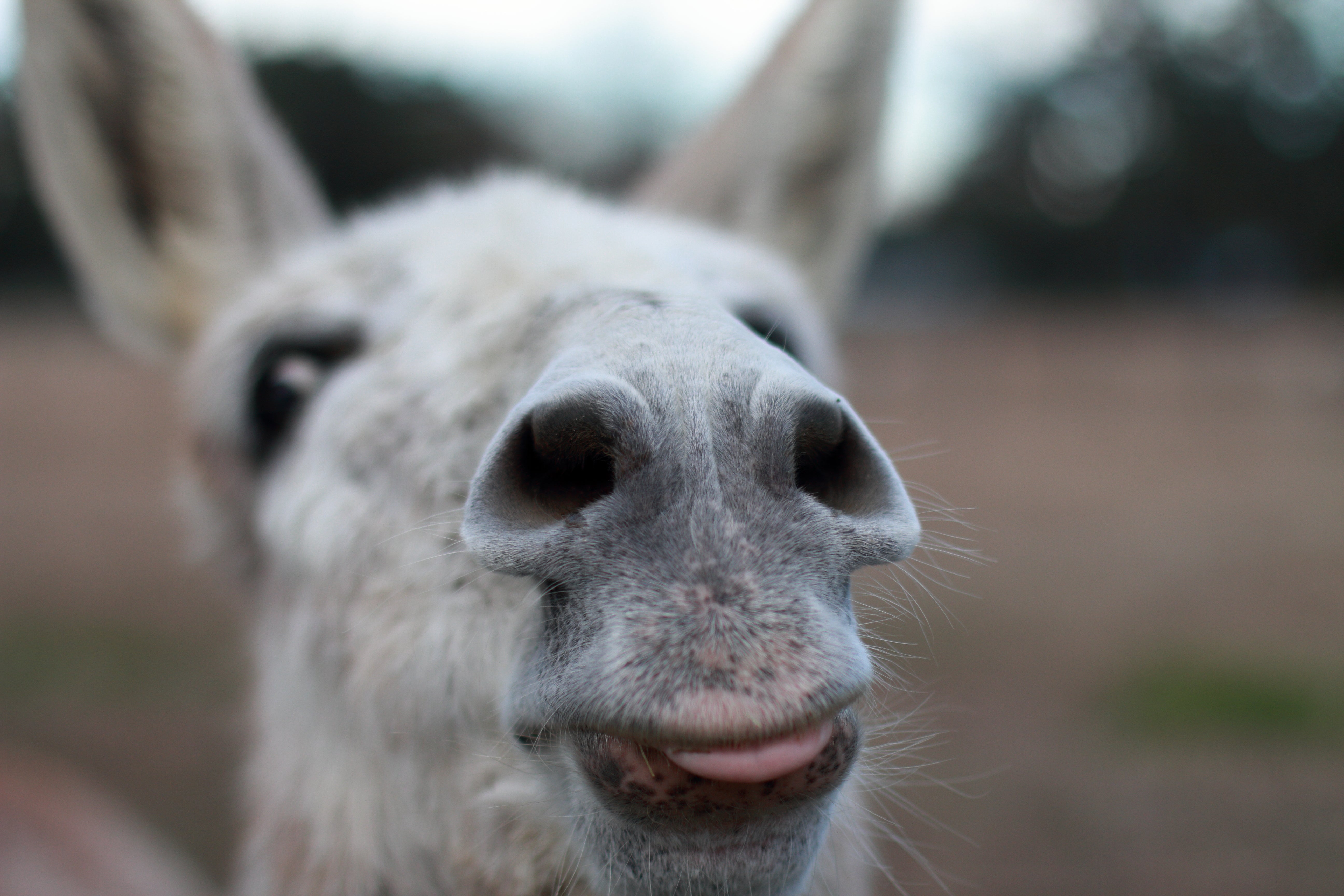Donkeys are a ubiquitous beast of burden, and are regularly employed to slog materials across long distances, just like they were in the ancient past. Now, a team of geneticists has pinpointed exactly how ancient that past is: They believe they’ve determined when and where the first donkeys were domesticated.
By looking at 238 donkey genomes — 31 of which belonged to ancient donkeys — the team identified a domestication event in East Africa that dates to about 5,000 BCE, slightly earlier than the earliest archaeological evidence of domesticated donkeys. Their research is published today in the journal Science.
“We located the Horn+Kenya as the region hosting those donkeys today that are the closest to those first domesticated,” said study co-author Ludovic Orlando, a geneticist at the Université Paul Sabatier in France, in an email to Gizmodo. “It does not necessarily imply that this is the exact, precise location of the donkey homeland, since the ancestors could have lived in another nearby region.”
Whether originally from Sudan or Egypt, or indeed Africa’s Horn, somewhere in northeast Africa is the most likely origin point of these braying beasts of burden. In order to determine a more precise origin point for the donkey, the team believes, more archaeological work will be necessary. New excavations could reveal material culture that indicate signs of donkey domestication.

Last year, a team including Orlando published details on the genetic history of the horse and its domestication in East Asia; the recent work could help scientists tease out more details about the two animals’ genetic histories, as well as where they intertwine.
The researchers also mapped clear dispersal patterns of donkeys between western Africa and Europe that stretch back to Roman times and identified a previously unknown donkey lineage in the Levant that existed about 2,200 years ago.
Among the over 200 donkey genomes they interrogated were the genetic information from three jennies (female donkeys) and six jacks (males) from Roman France. The site, which dates to between 200 CE and 500 CE, appears to have been a breeding ground for large donkeys. The research team suspects that the site may have just been one of many, helping sate the demand for donkeys across the Roman Empire.
Earlier this year, archaeologists revealed evidence that the oldest human-bred hybrid animal was the kunga, a donkey-wild arse hybrid. Orlando thinks the recent paper could help answer questions about the origins of the mule, the sterile offspring of male donkeys and female horses. (The offspring of female donkeys and male horses are called hinnies.)
These equine enigmas (and more!) can now be probed by looking at DNA, modern and ancient, from these animals, filling in a picture that previously could only be made from material evidence. Taken together, the genomic and archaeological evidence has the power to tell a comprehensive story of domestication — a story about donkeys, yes, but also the story of us.
